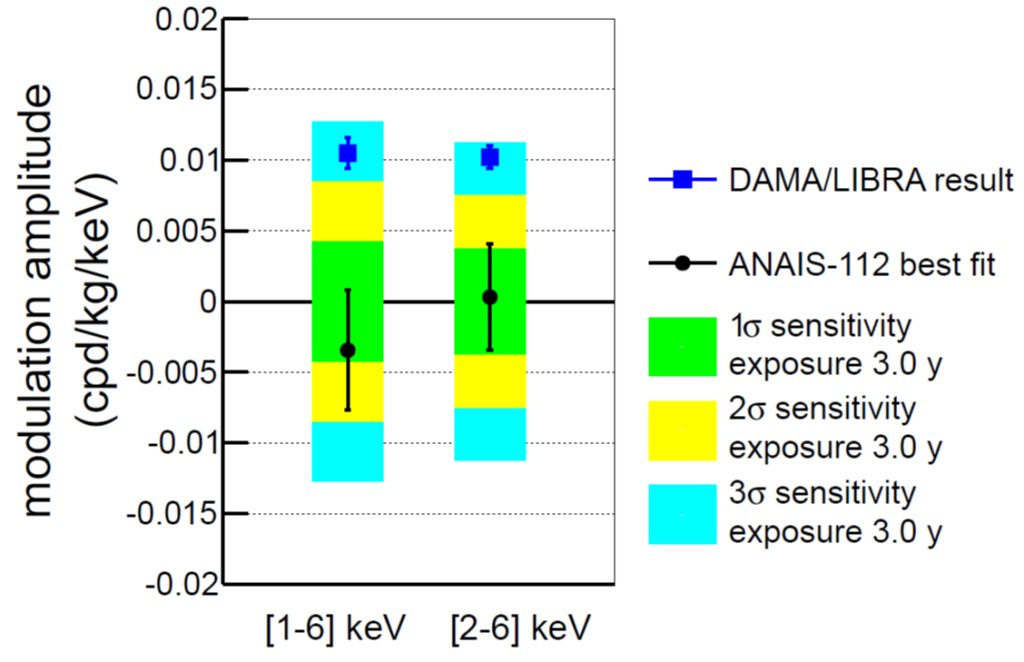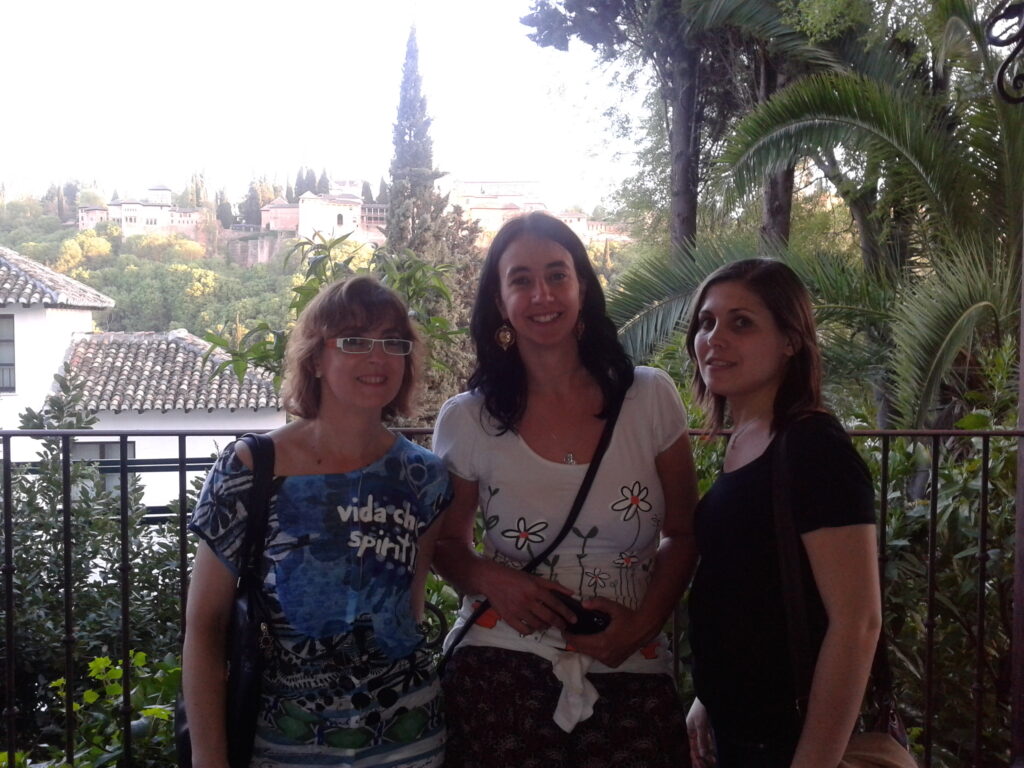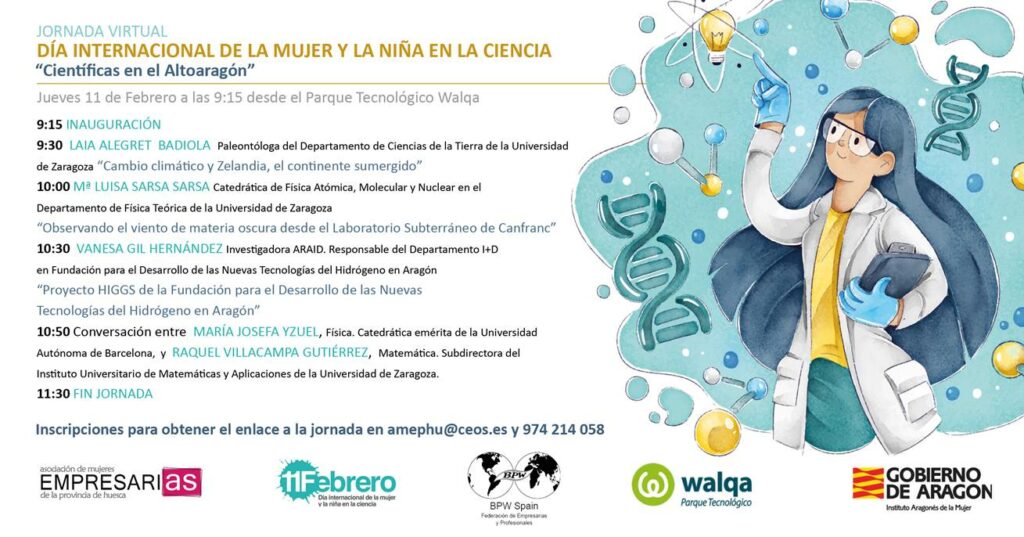The article has been published on 27 May 2021, in Physical Review D, Vol 103 (n. 10) 102005
https://link.aps.org/doi/10.1103/PhysRevD.103.102005
It has been highlighted as Editors’ suggestion and featured in Physics.
https://physics.aps.org/synopsis-for/10.1103/PhysRevD.103.102005








